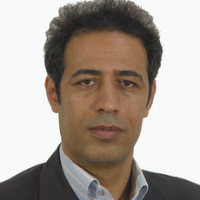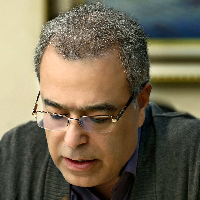Place Branding: An Asset-Based Approach in the Regeneration of the Historic District of Tehran
Tehran's historic district has undergone structural isolation for several reasons, including the negative effects of new urban development. This isolation is due to the unbridled influence of commercial uses and the transformation of the residential, business, and historical identity of this district. In recent years, the place branding approach has been proposed as a tool in urban planning and management, including the regeneration of historic districts. Due to the nature of regeneration, which is a context-oriented concept and is associated with a change of approach from place to place, the place branding approach to the regeneration of historic districts should also be based on contextual conditions. Therefore, this study seeks to develop a comprehensive and context-oriented model for branding the historic district of Tehran using the grounded theory method. To this end, 32 in-depth interviews are conducted with experts in related fields, visitors, customers, residents, businesses, and city managers. The extracted codes are presented in the form of 173 concepts and 47 categories (i.e., open coding) and then the communication model between the concepts in the form of a paradigm model (i.e., axial coding). The final research model leads place branding to the asset-based approach, which is the result of the final refinement of the paradigm model (i.e., selective coding). In this model, place brand identity is introduced as the central category of branding, the result of the interaction of three identities, namely tourism, housing, and market in the historical-cultural context of place. In this model, place brand is not an externally imposed phenomenon but the result of interaction between different place actors based on common interests, which provides the basis for the formation of place brand in a strategic process by relying on internal place assets. Thus, this context-oriented and multifaceted model leads to the creation of new added value in the historic district, which is not the product of district compaction (i.e., constructive value) but is created through brand value and guides regeneration.
- حق عضویت دریافتی صرف حمایت از نشریات عضو و نگهداری، تکمیل و توسعه مگیران میشود.
- پرداخت حق اشتراک و دانلود مقالات اجازه بازنشر آن در سایر رسانههای چاپی و دیجیتال را به کاربر نمیدهد.




